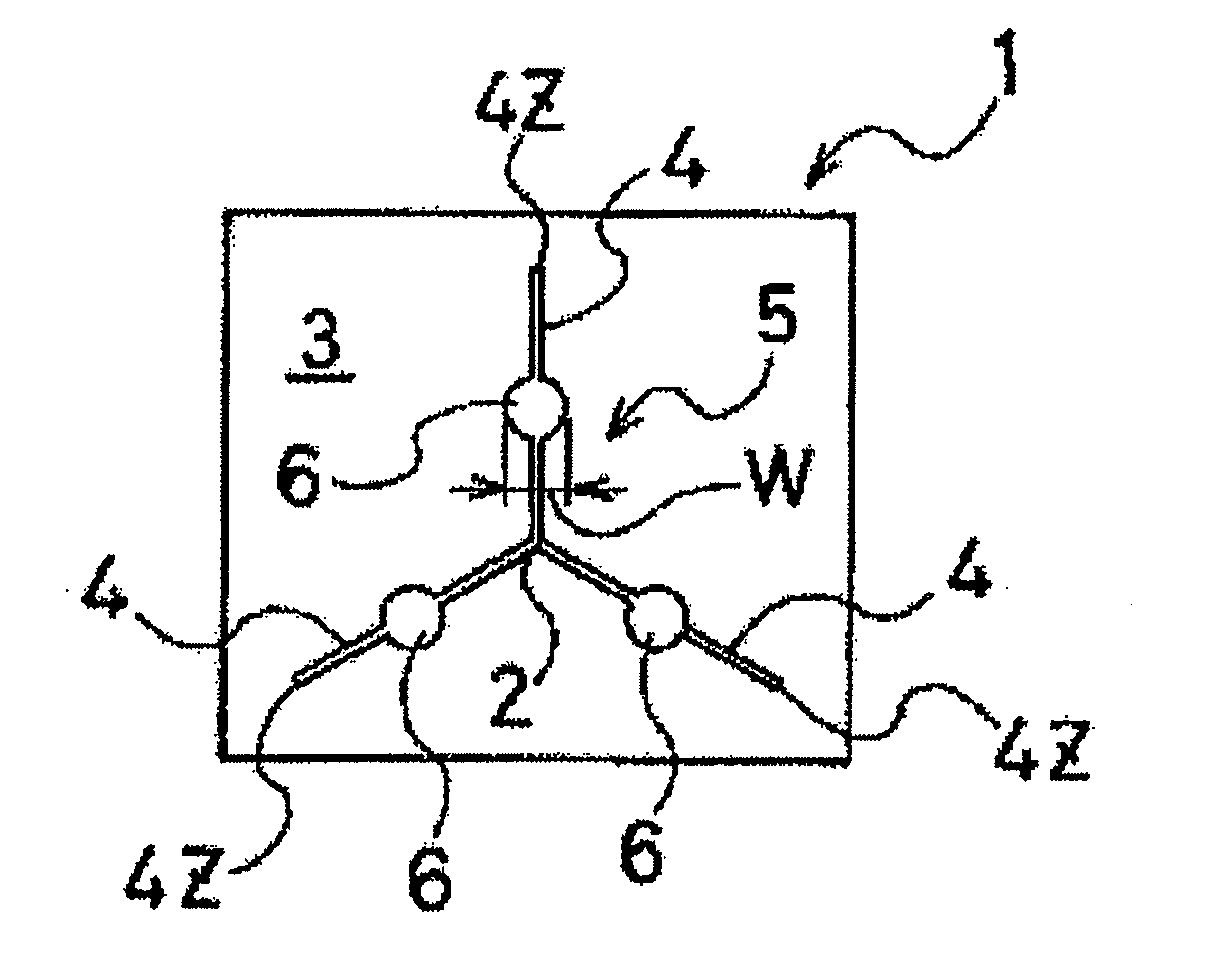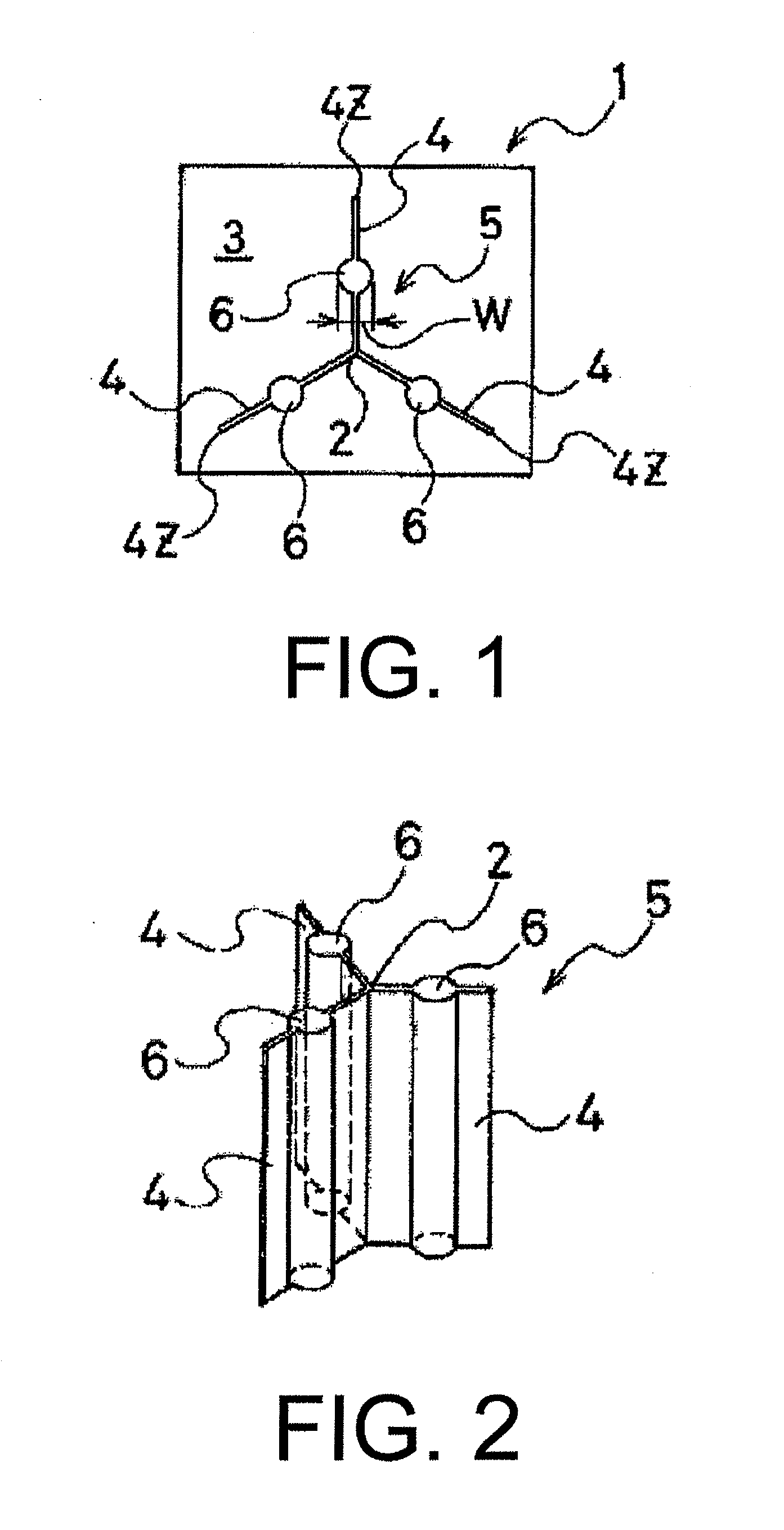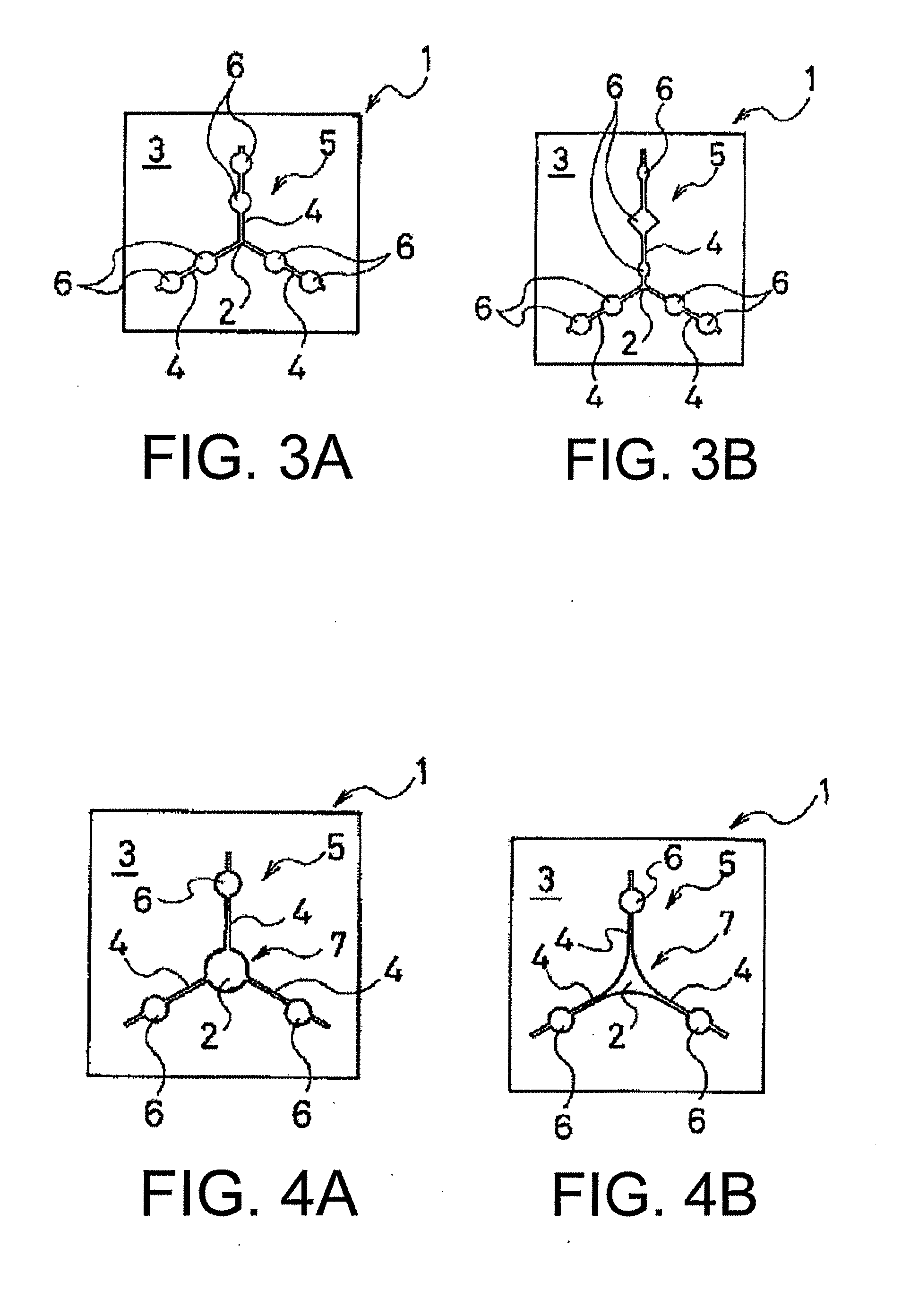Pneumatic tire
a pneumatic tire and tread technology, applied in the field of pneumatic tires, can solve the problems of reducing the rigidity of the tread, affecting the steering stability and braking ability, and limited water absorption effect of the tread, so as to achieve the effect of enhancing the width of the cut, enhancing the braking performance on ice, and increasing the water absorption and discharging function
- Summary
- Abstract
- Description
- Claims
- Application Information
AI Technical Summary
Benefits of technology
Problems solved by technology
Method used
Image
Examples
examples
[0042]Present technology tires (Working Examples 1 to 11) and comparative tires (Comparative Examples 1 and 2) having a tire size of 195 / 65R15 91Q and the tread pattern illustrated in FIG. 7 were fabricated. The planar form of the closed sipe 5 formed in the land portion was varied as described below.
[0043]The tires of Working Examples 1 to 11 and the tires of Comparative Examples 1 and 2 were fabricated such that the planar form of the closed sipe 5, the width of the widened portion 6, a ratio of the widened portion 6 to the width of the cuts 4, whether the widened portion 6 is disposed throughout the entire length in the depth direction of the cuts, the presence / absence of the second widened portion 7, whether the second widened portion 7 is disposed throughout the entire length in the depth direction of the cuts, the presence / absence of the linear sipe 8 extending in the tire width direction, and whether the closed sipe 5 is disposed on the front edge and the back edge of the blo...
PUM
 Login to View More
Login to View More Abstract
Description
Claims
Application Information
 Login to View More
Login to View More - R&D
- Intellectual Property
- Life Sciences
- Materials
- Tech Scout
- Unparalleled Data Quality
- Higher Quality Content
- 60% Fewer Hallucinations
Browse by: Latest US Patents, China's latest patents, Technical Efficacy Thesaurus, Application Domain, Technology Topic, Popular Technical Reports.
© 2025 PatSnap. All rights reserved.Legal|Privacy policy|Modern Slavery Act Transparency Statement|Sitemap|About US| Contact US: help@patsnap.com



